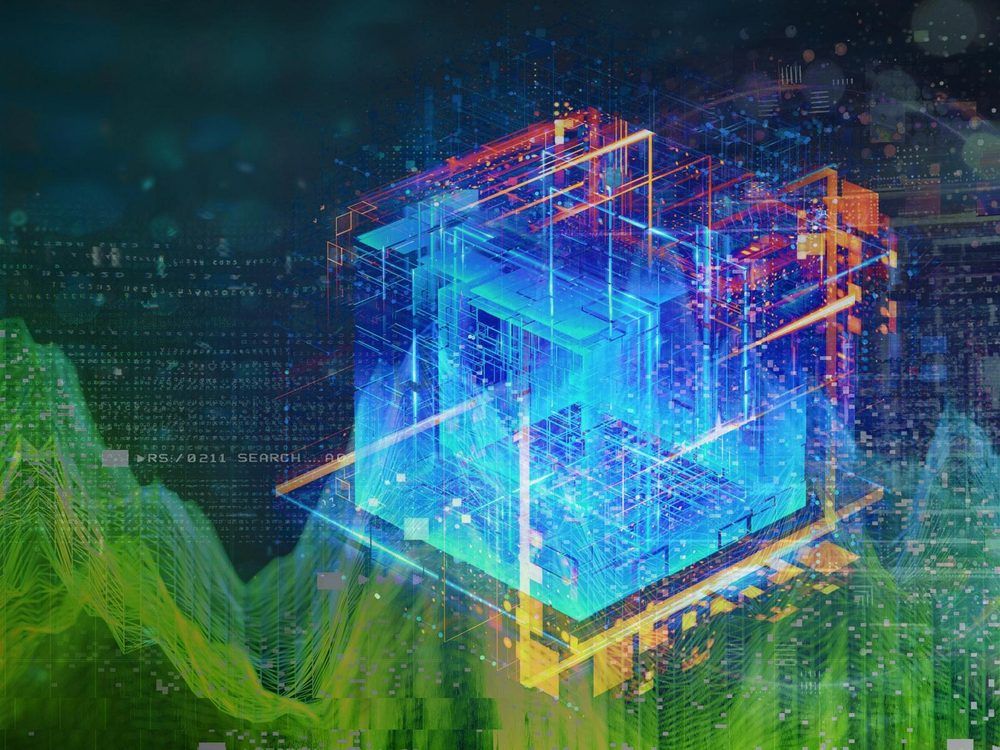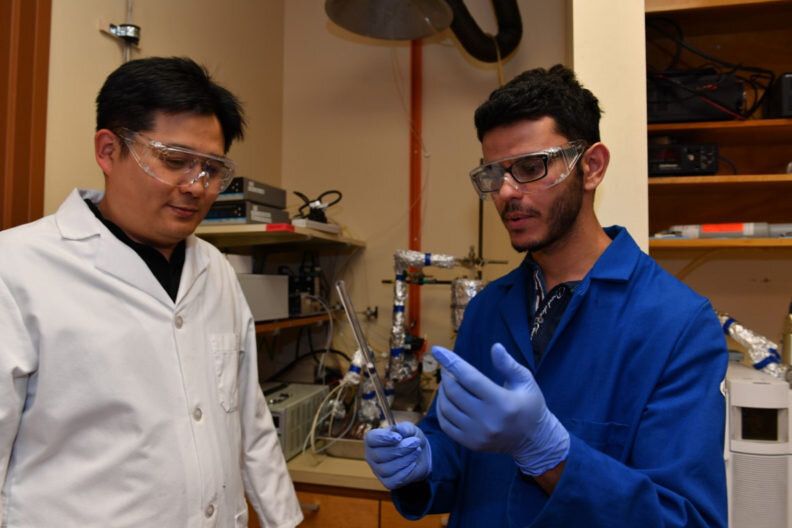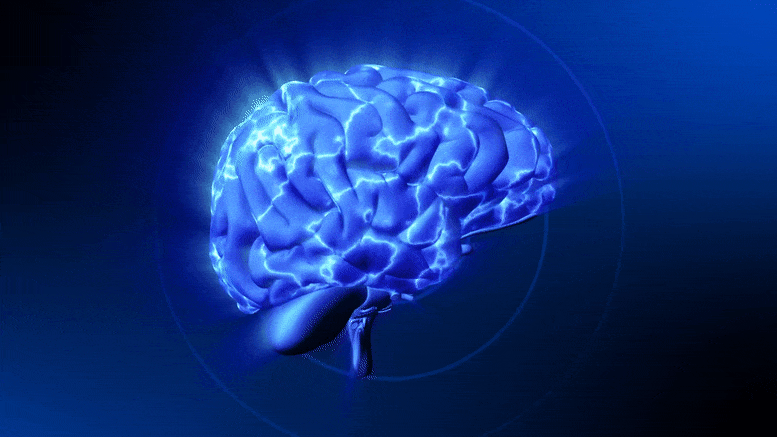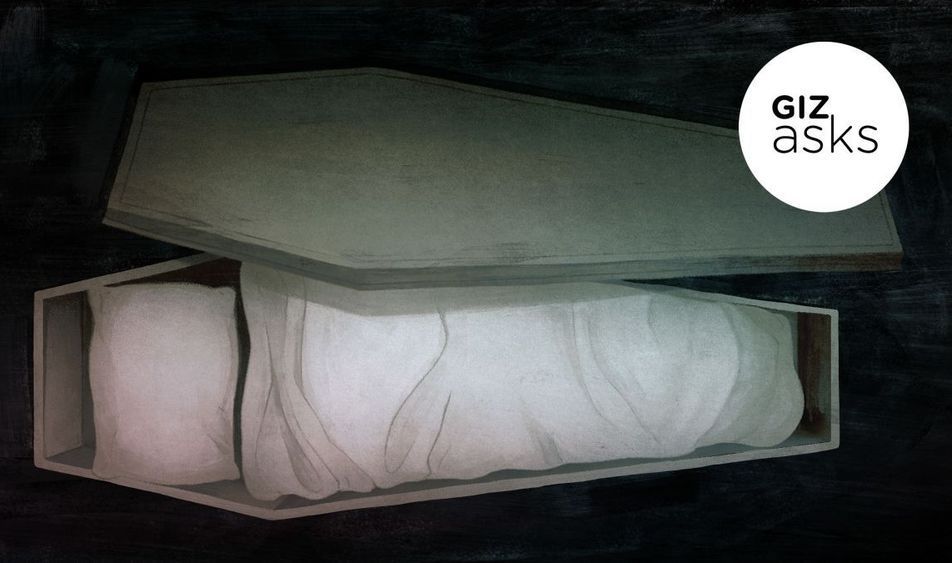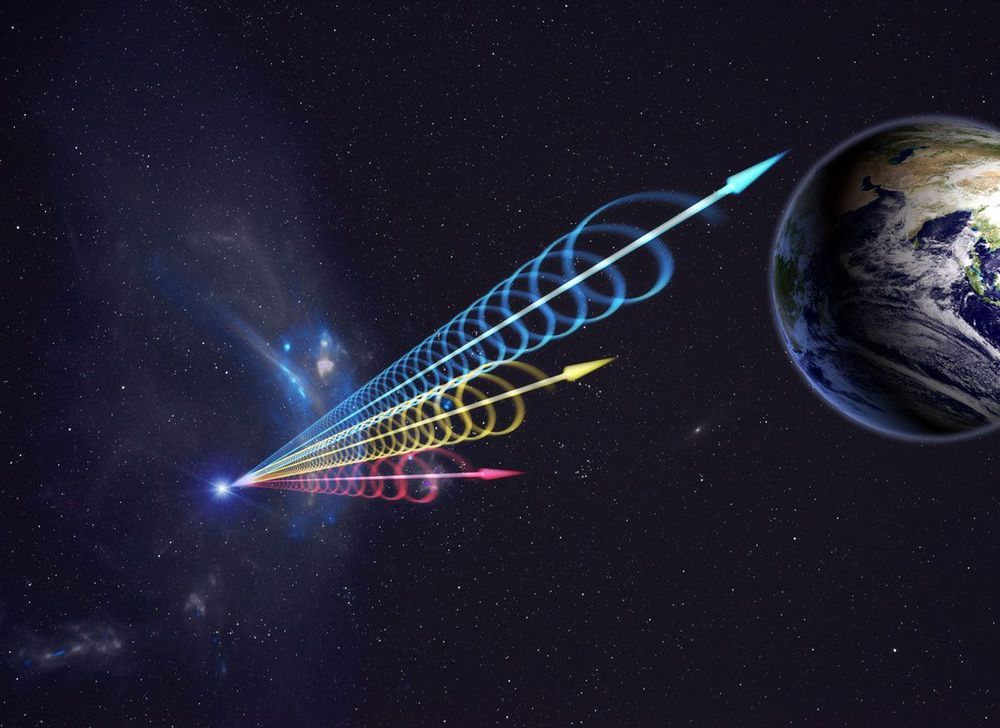A drone has successfully inspected a 19.4 meter high oil tank onboard a Floating Production, Storage and Offloading vessel. The video shot by the drone was interpreted in real-time by an algorithm to detect cracks in the structure.
Scout Drone Inspection and class society DNV GL have been working together to develop an autonomous drone system to overcome the common challenges of tank inspections. For the customer, costs can run into hundreds of thousands of dollars as the tank is taken out of service for days to ventilate and construct scaffolding. The tanks are also tough work environments, with surveyors often having to climb or raft into hard to reach corners. Using a drone in combination with an algorithm to gather and analyse video footage can significantly reduce survey times and staging costs, while at the same time improving surveyor safety.
“We’ve been working with drone surveys since 2015,” said Geir Fuglerud, director of ofshore classification at DNV GL – Maritime. “This latest test showcases the next step in automation, using AI to analyse live video. As class we are always working to take advantage of advances in technology to make our surveys more efficient and safer for surveyors, delivering the same quality while minimising our operational downtime for our customers.”
